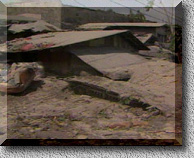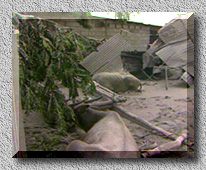
But more than the destruction of buildings and infrastructure, Pinatubo's eruption affected more than 249,000 families or about 1.18 million people, including 847 deaths, 184 injuries and 23 missing.
|
By December 1991, 61 municipalities and two cities had been declared as calamity areas.

|


